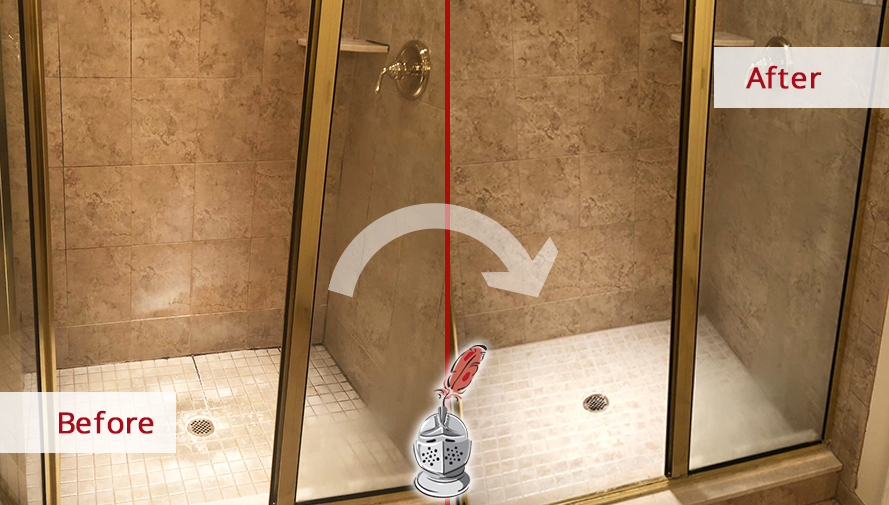They are making several great pointers on the subject of How to Prevent Bathroom Water Damage in general in the content just below.

The restroom is exceptionally prone for moist buildup and possible water damage as a result of the regular use water in it. This post offers basic inspection methods to help spotting water damages hazards.
The regular use of water in the shower room makes it exceptionally vulnerable for damp accumulation as well as possible water damage. By evaluating it regularly, you can minimize water associated problems.
The following set of evaluations is simple to execute as well as must be done once in every three months in order to maintain your bathroom in good shape as well as to prevent prospective water problems caused by the tub, the shower, pipeline joints and also plumbing, sinks, cabinets, as well as the commode
Do not neglect doing these examinations and be extensive while executing them. Keep in mind that these easy assessments can conserve you a lot of money by supplying very early signs for water damage
Tub as well as Shower
The shower and also bath tub require special interest and also upkeep. Examine the tiles as well as replace if split. See to it that there is no missing out on cement between the tiles. Examine as well as change fractured caulking at joints where the wall surfaces meet the floor or the bathtub. Clogged drains as well as pipelines issues will certainly protect against the bath tub from drying out and may indicate serious problems below the tub. Talk to an expert promptly to stop architectural damages. Take notice of stainings or soft locations around the bath tub wall surfaces as they might suggest an interior leakage.
Plumbing
Signs for water damage are difficult to discover considering that a lot of pipes are installed inside the walls.
Pay special focus to flooring and wall surfaces dampness and also spots as they might suggest an unnoticeable plumbing issue. Check moisture degrees in adjacent areas also.
Sinks as well as Cabinets
Sinks and cabinets are exposed to dampness and also moisture everyday and are often forgotten. Evaluate on a regular basis under the sink as well as on the counter top above it. Repair any kind of drip in the catch as it may suggest drainpipe issues. Take a look around the sink, slow draining pipelines might suggest a blocked drainpipe. Change sink seals if they are broken or loosened.
The Commode
The bathroom is a vulnerable water joint. Examine the water lines and also search for leaks around the commode seat, in the pipe, and under the water container. If you find any type of signs of dampness on the floor around the commode, look for leaks in the toilet edge as well as tank seals.
Realize that hanging bathroom bowl antiperspirants enhances the opportunities for blockages.
10 TIPS TO PREVENT WATER DAMAGE IN THE BATHROOM
The average household uses approximately 80-100 gallons of water per person per day. For a family of 4, that's almost 2,500 gallons of water a week! The largest portion of this consumption comes from bathroom use. Flushing the toilet uses the most water, followed by taking a shower or bath. With that much water running through the home, water damage in the bathroom is bound to happen. Knowing how to spot signs of a water leak is essential to preventing long-term damage. This guide provides you with tips to reduce the impact of water damage on your bathroom.
CAUSES OF BATHROOM WATER DAMAGE
Pipe breaks are the most common cause of water damage we see in our daily jobs. The age of a pipe plays a large role in a pipe break as well as corrosion. Over time, the metal begins to break down, allowing water to escape. Frozen pipe breaks are also a concern in the winter months. Toilet overflows caused by paper products or children flushing inappropriate items. Degraded caulking around the toilet or bathtub can allow water seepage, sometimes behind the fixture, into the subfloor or walls. Condensation forms when the water in a pipe is cooler than the air temperature. Beads of water form on the exterior of the pipes, sometimes so much so that the water begins to drip and pool below. Sink or shower backups created by poor drainage. HOW TO PREVENT WATER DAMAGE IN YOUR BATHROOM
Inspect your toilet supply line for worn or frayed hoses and replace them as needed. Winterize your plumbing to prevent a frozen pipe break. Use vent fans to prevent condensation that can lead to mold growth. Routinely check and replace degraded caulking around your toilet or bathtub. Increase the temperature in your toilet tank and insulate your pipes during the warm summer months to keep condensation from forming. Use child safety locks on the toilets. Flush only toilet paper. "Flushable" wet wipes are actually not good for your plumbing system. Additionally, feminine hygiene products should not be flushed. Prevent water from escaping the tub or shower. Make sure shower curtains are in good condition. Inspect shower doors and replace the seal strip if necessary. Wipe up any water that accumulates on the floor and use bath mats. Water left to sit can cause damage to the tiles and flooring. Refrain from using bath products containing heavy oils to avoid a clogged drain.

I have been very inquisitive about How to Prevent Bathroom Water Damage and I hope you enjoyed reading the new article. Do you know someone else who is in to How to Repair and Prevent Bathroom Water Damage? Why not promote it. Many thanks for taking the time to read it.
Get Quote Now